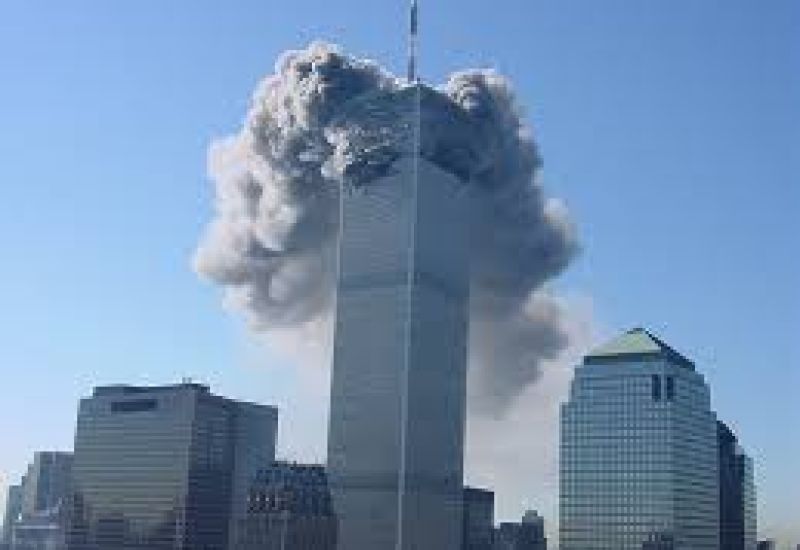WORLD TRADE CENTRE
11 September 2001 – New York
Modern high rise buildings are constructed to ever increasing safety standards and their design facilitates rapid evacuation in the event of fires or other emergencies. However, it is entirely possible that escape routes can become blocked, filled with smoke or simply become overwhelmed In 1993 – 8 years before 9/11 and the WTC was brought down, an emergency services helicopter landed on the roof of the North Tower of the World Trade Centre and lifted 28 people to safety after a terrorist bomb had exploded in the basement.
On 11 September 2001, an estimated 700 people were trapped above the 93rd floor – the floor that first aircraft slammed into on that morning. The door that accessed the flat roofed area of the North Tower was locked and bolted and would not have been able to have been opened by anyone inside. Meanwhile, police and emergency services helicopters were flying within a couple of hundred feet of the roof top area of that North Tower. It is not for us to criticise or to suggest that had the door been open, a rescue would have taken place, but the point remains that a roof top rescue of a flat roofed sky scraper had been proven to be effective nearly a decade earlier.
With the right equipment, training and preparation, is not at least feasible that someone could have been lifted to safety from the top that building? Had Multi Person Helicopter Rescue equipment been pre positioned on the top of the North Tower of the World Trade Centre and the door that accessed the roof area was able to be opened, isn’t it possible that people might have been saved? Even if equipment was not pre-positioned, had emergency services helicopters had access to it, wouldn’t they have had a reasonable chance of carrying some of those 700 people to safety?
